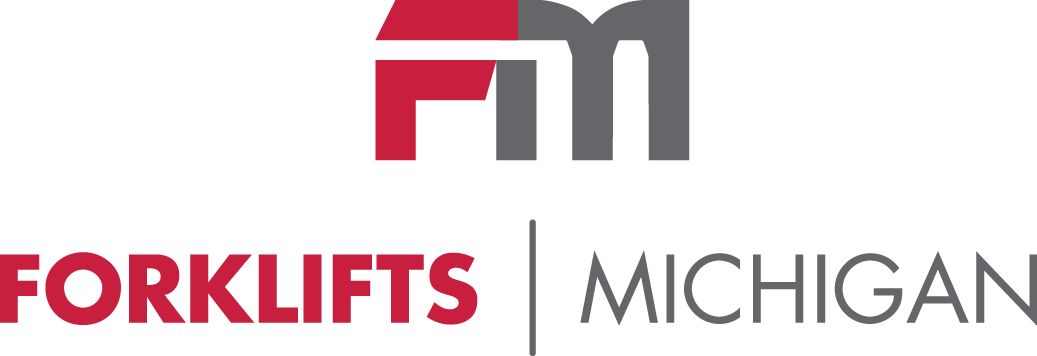The Ultimate Guide to Forklifts Rental for Your Business Needs
The logistics and warehousing industry is increasingly turning to Forklifts Rental as a strategic solution to optimize operational efficiency and reduce overhead costs. According to a report by Allied Market Research, the global forklift market is projected to reach $50.59 billion by 2025, highlighting a growing demand for flexible material handling solutions.
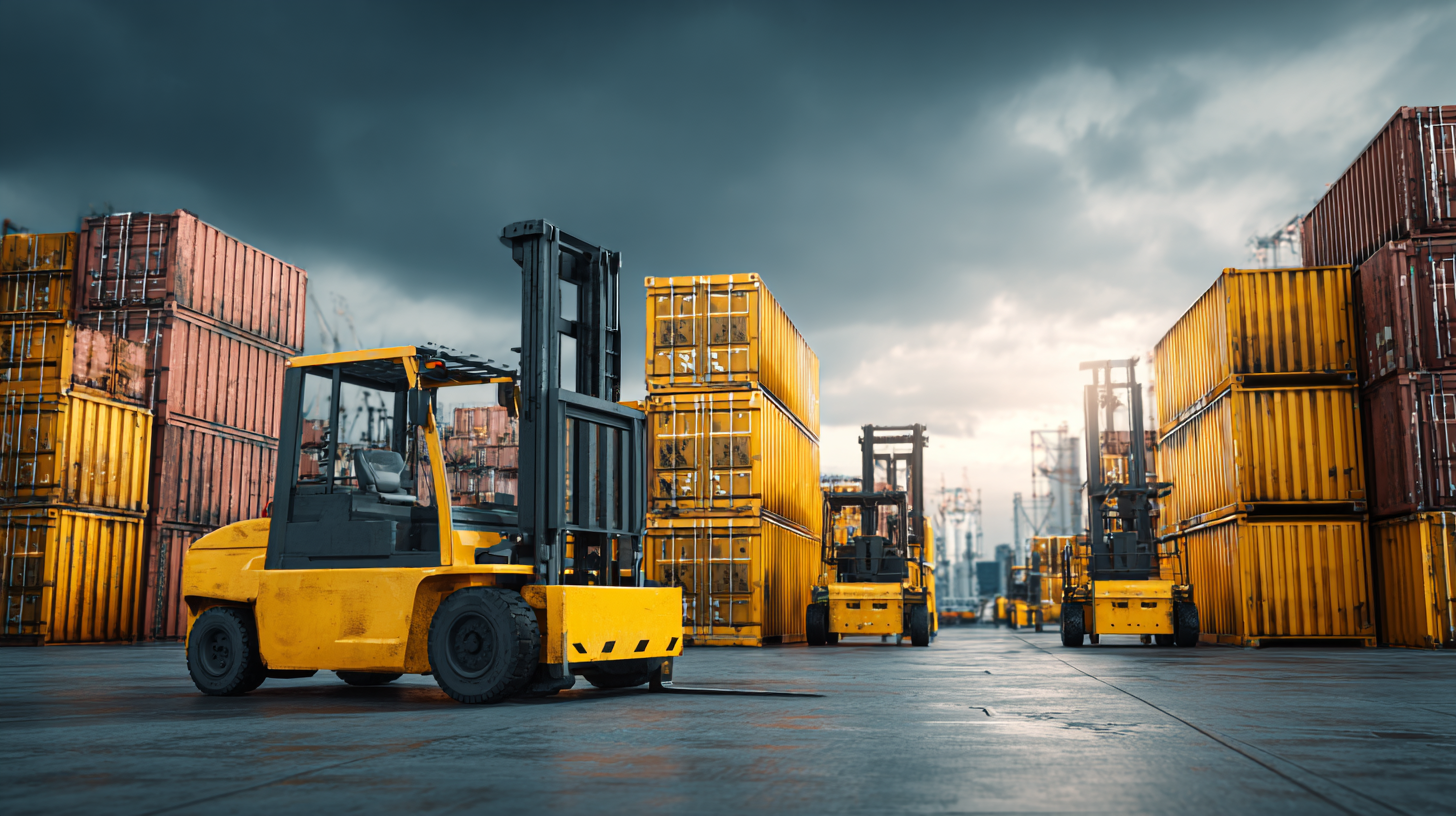
Businesses are recognizing the benefits of renting forklifts over purchasing, especially as rental options provide access to the latest technology and capabilities without the burden of long-term maintenance and depreciation. As companies navigate fluctuating demands and strive for cost-effectiveness, Forklifts Rental stands out as a vital component of streamlined logistics planning, ensuring businesses can adapt swiftly to marketplace changes while maintaining productivity.
This ultimate guide will explore the multifaceted advantages of renting forklifts tailored to your business needs, enabling you to make informed decisions for optimal operational success.
Common Challenges in Forklift Rentals for Businesses
When considering forklift rentals, businesses often face several common challenges that can impact both productivity and costs. One significant issue is the variability in rental contracts, which can lead to misunderstandings and unexpected expenses. According to a recent report by the Industrial Truck Association, nearly 30% of businesses encountered hidden fees in their rental agreements, which significantly affect their budget. It is crucial for companies to thoroughly review the terms and conditions before finalizing any rentals to avoid these pitfalls.
Another challenge in forklift rentals is the maintenance and availability of equipment. A study from the Material Handling Industry revealed that 40% of businesses experienced downtime due to equipment failure, which can be attributed to inadequate maintenance protocols by rental companies. This emphasizes the importance of selecting a reputable rental provider that prioritizes regular maintenance and offers well-maintained equipment. Additionally, longer lead times for specialized or high-demand forklift models can disrupt operations, impacting the overall efficiency of the business. Thus, understanding these challenges and proactively addressing them can mitigate risks and enhance operational effectiveness.
Identifying the Right Forklift Type for Your Operational Needs
Choosing the right forklift type for your operational needs is critical to maximizing efficiency and minimizing costs in any warehouse or construction setting. According to the Material Handling Industry of America (MHIA), approximately 85% of equipment-related accidents occur due to a lack of appropriate forklift selection for the task at hand. For instance, electric forklifts are ideal for indoor operations owing to their lower emissions and quieter operation, making them suitable for environments such as food processing or pharmaceuticals. In contrast, rough terrain forklifts are better suited for outdoor operations, with their enhanced stability and traction being able to handle uneven surfaces.
Understanding the specific demands of your business is essential for optimal forklift selection. A report from the Industrial Truck Association (ITA) indicates that choosing the correct type can lead to a productivity increase of up to 25%, as it allows smoother operation and quicker load handling. For companies that frequently transport heavy materials, investing in high-capacity forklifts could significantly reduce the time spent on each task. Conversely, for lighter loads, a compact and agile model would suffice, providing both cost savings and operational flexibility. By evaluating your operational requirements and understanding various forklift capabilities, you can make a sound investment that boosts your productivity and upholds safety standards.
The Ultimate Guide to Forklifts Rental for Your Business Needs
Understanding Rental Agreements and Potential Pitfalls
When considering forklift rentals, it's crucial to thoroughly understand rental agreements to avoid potential pitfalls. Many businesses rush into agreements without carefully reading the fine print, which can lead to unexpected costs or restrictions. Be sure to clarify key aspects such as rental duration, maintenance responsibilities, and liability coverage. This knowledge will help you manage your rental effectively and ensure it aligns with your business needs.
Tip: Always request a detailed breakdown of fees associated with the rental. This can include delivery charges, insurance costs, and any potential penalties for early return. Having this information upfront can save your business from unpleasant surprises when the bill arrives.
Another commonly overlooked aspect is the rental’s condition and suitability for your specific tasks. Failing to ensure that the forklift meets the required specifications can lead to operational inefficiencies or even safety hazards. Before signing any agreements, examine the forklift's capabilities and ask for a demonstration if possible.
Tip: Don’t hesitate to negotiate terms. Many rental companies are open to adjustments, especially for long-term rentals or bulk orders. Building a good relationship with your rental provider can also lead to better service and potential discounts in the future.
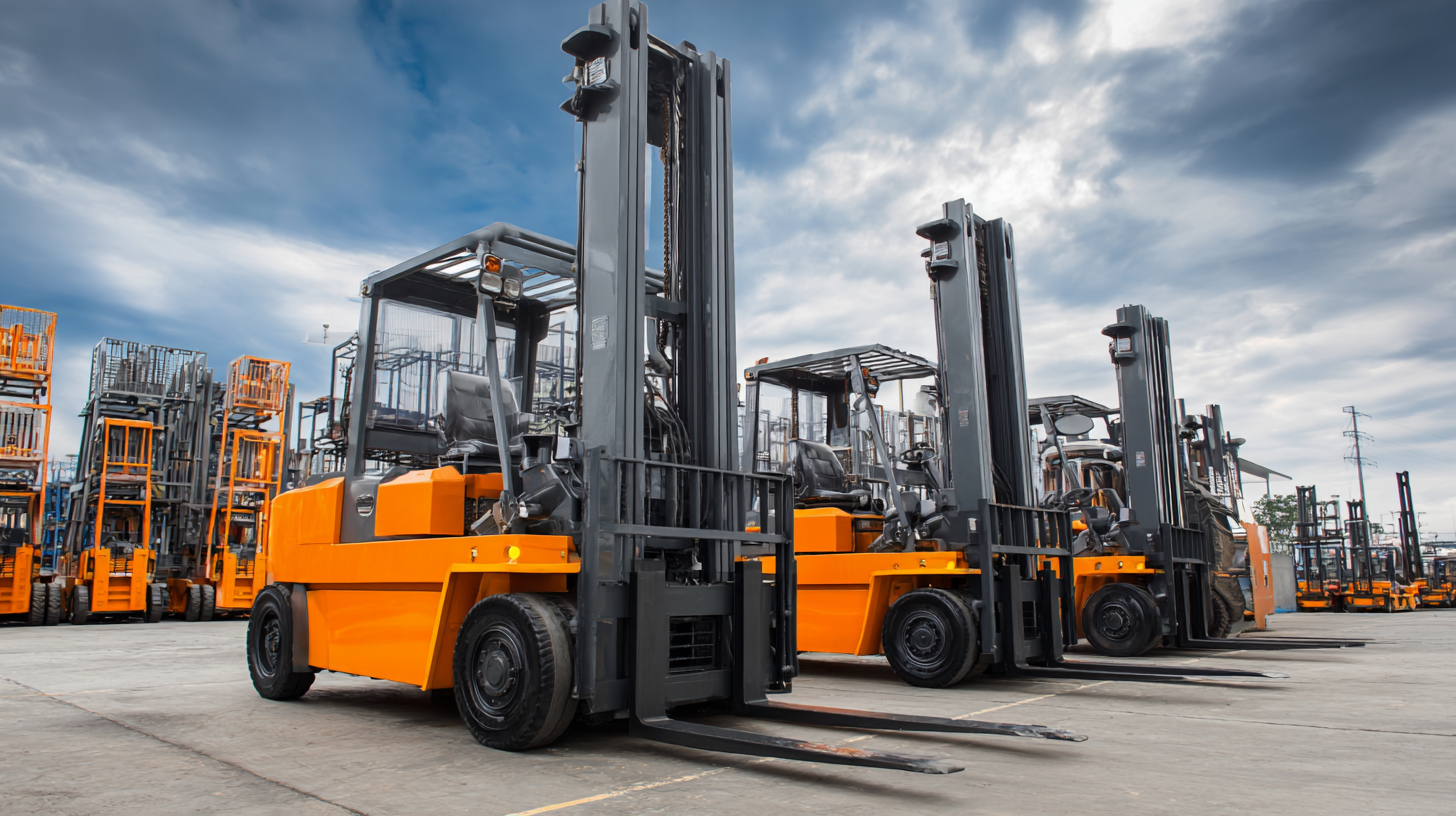
Maintenance and Reliability Issues in Forklift Rentals
When considering forklift rentals for your business, maintenance and reliability should be at the forefront of your decision-making process. According to a report by the Occupational Safety and Health Administration (OSHA), improper maintenance of forklifts leads to approximately 70% of accidents in warehouse environments. Regular inspections and timely servicing not only extend the lifespan of rented equipment but also ensure a safer working environment, significantly reducing the risk of costly accidents.
Furthermore, the National Forklift Exchange estimates that businesses spend up to 4% of their annual revenue on repair costs due to unreliable equipment. Renting from reputable providers who prioritize maintenance can mitigate these expenses. Fleet management systems are increasingly integrated into rental services, providing real-time data on the condition of forklifts and alerting operators to maintenance needs before they lead to failures. By choosing a rental partner that emphasizes reliability and maintenance, businesses can enhance operational efficiency and minimize downtime, supporting their overall productivity goals.
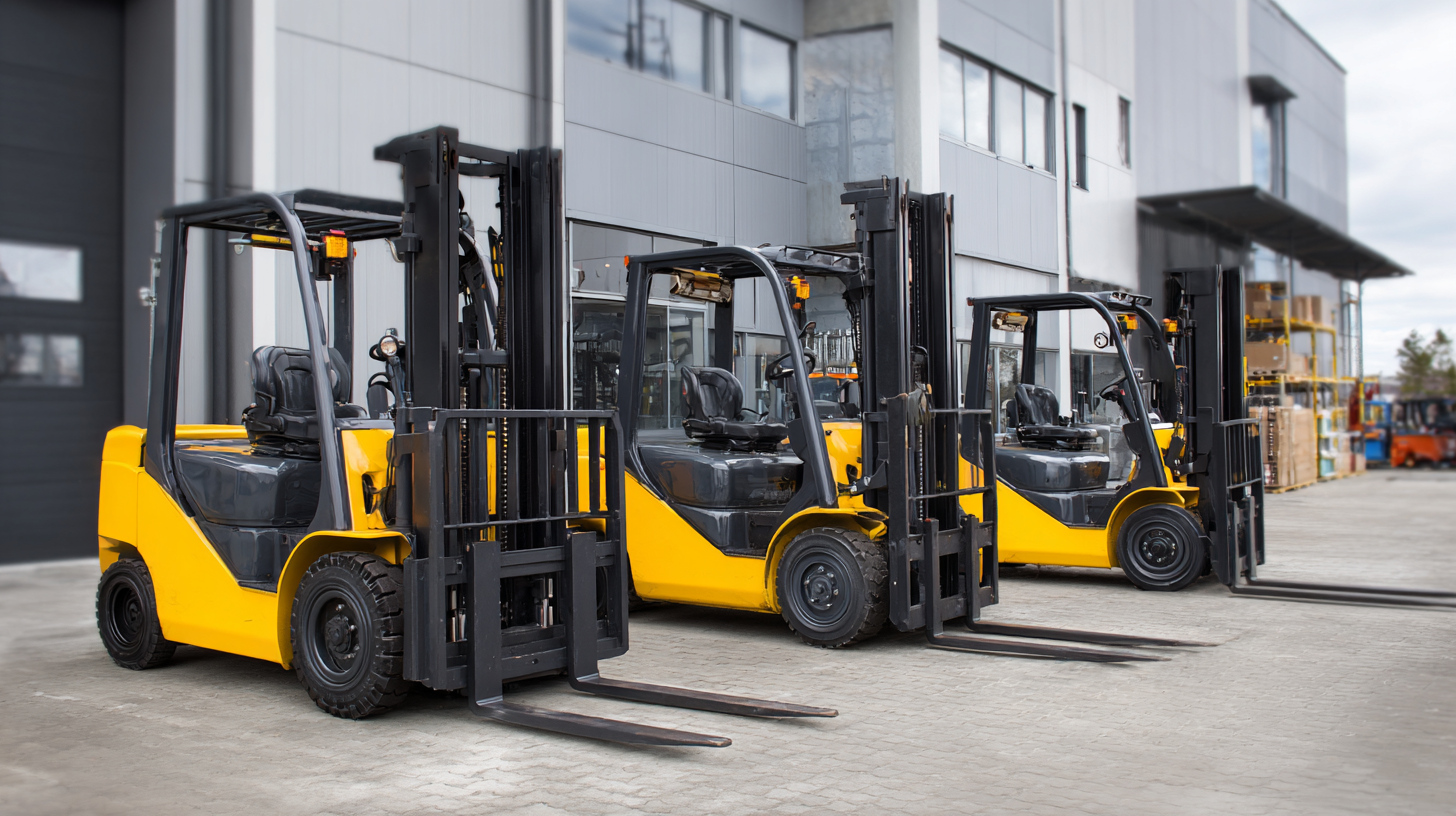
Cost Considerations: Budgeting for Forklift Rental Expenses
When budgeting for forklift rental expenses, it’s crucial to consider several key factors that impact overall costs. According to industry reports, the average daily rental cost for a forklift can range from $150 to $600, depending on the type and capacity. Additionally, you may encounter costs related to delivery, maintenance, and insurance, which can add 20-30% to your total rental expenses.
**Tip:** Always request a detailed quote that includes all potential fees to avoid unexpected costs. As a rule of thumb, exploring options for long-term rentals can often lead to significant savings, as many rental companies offer discounted rates for extended periods.
Another important consideration is the type of forklift you need for your specific business requirements. A lightweight electric forklift may be sufficient for indoor use, while heavier-duty options may be necessary for outdoor applications. According to the American Rental Association, businesses can save up to 50% by choosing the appropriate equipment for their specific tasks.
**Tip:** Conduct a thorough needs assessment before renting, ensuring you select the right machinery to optimize efficiency and minimize costs. By being strategic about your rental choices, you can effectively manage your forklift-related expenses while maximizing productivity.
The Ultimate Guide to Forklifts Rental for Your Business Needs - Cost Considerations: Budgeting for Forklift Rental Expenses
| Forklift Type | Daily Rental Cost ($) | Weekly Rental Cost ($) | Monthly Rental Cost ($) | Maintenance Fee ($) |
|---|---|---|---|---|
| Electric Forklift | 150 | 750 | 2,500 | 50 |
| Gas Forklift | 160 | 800 | 2,800 | 60 |
| Diesel Forklift | 180 | 900 | 3,000 | 70 |
| Rough Terrain Forklift | 200 | 1,000 | 3,500 | 80 |
| Pallet Jack | 50 | 250 | 900 | 20 |
Related Posts
-

2025 Trends in Global Procurement for Best Scissor Rental Solutions
-

What is the Ultimate Guide to Best Scissor Rental for Global Buyers
-
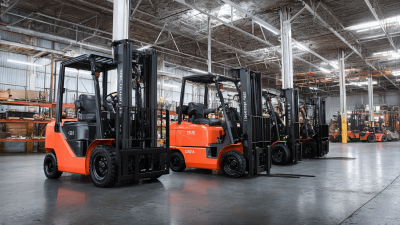
Unveiling the Top Forklifts Rental Options for Global Buyers to Consider
-

Leading the World in Exporting Best Aerial Lifts from Our Premier Manufacturing Facility
-
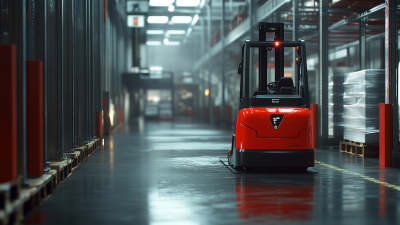
Maximize Your Warehouse Efficiency: Essential Tips for Choosing the Right Floor Forklift
-
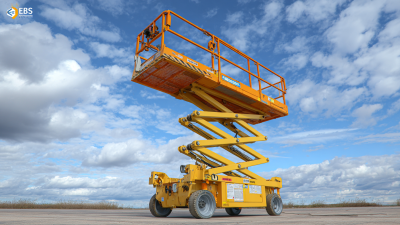
Solutions for Optimizing Your Operations with Best Scissor Lifts

